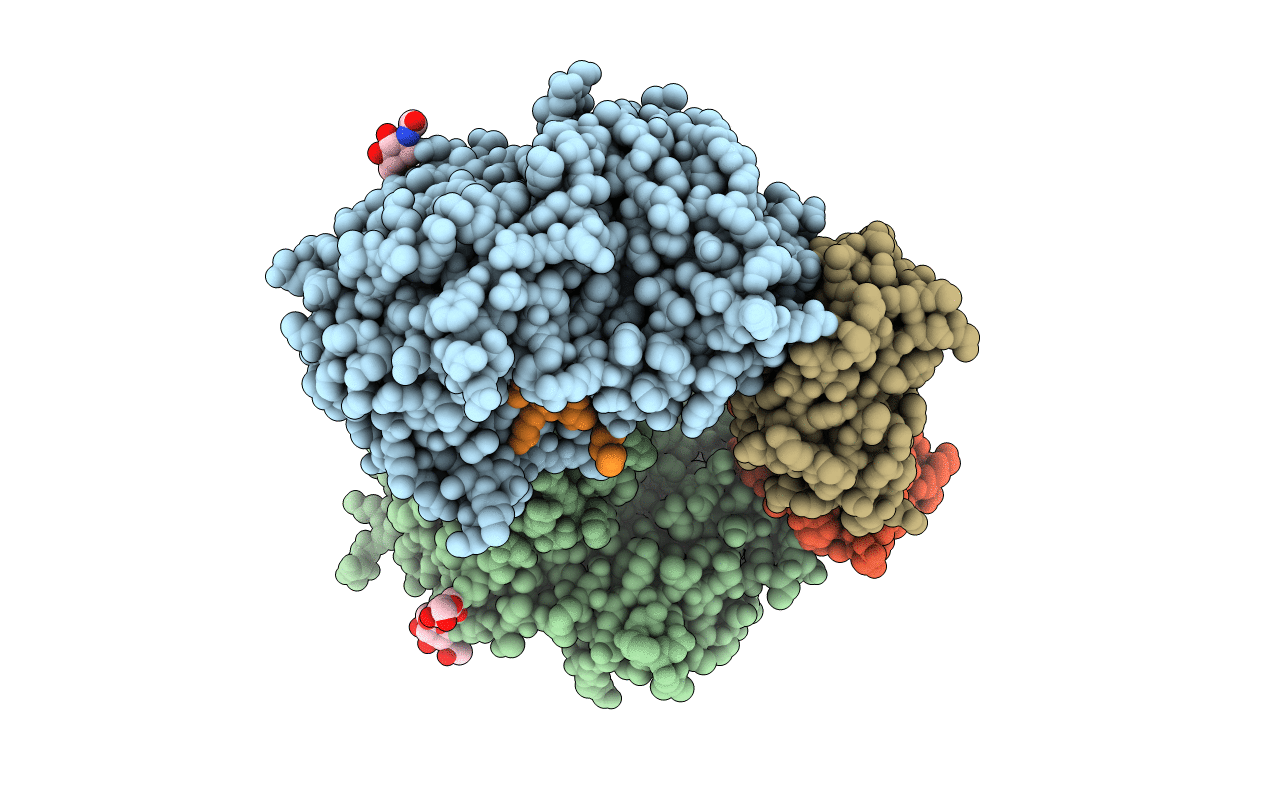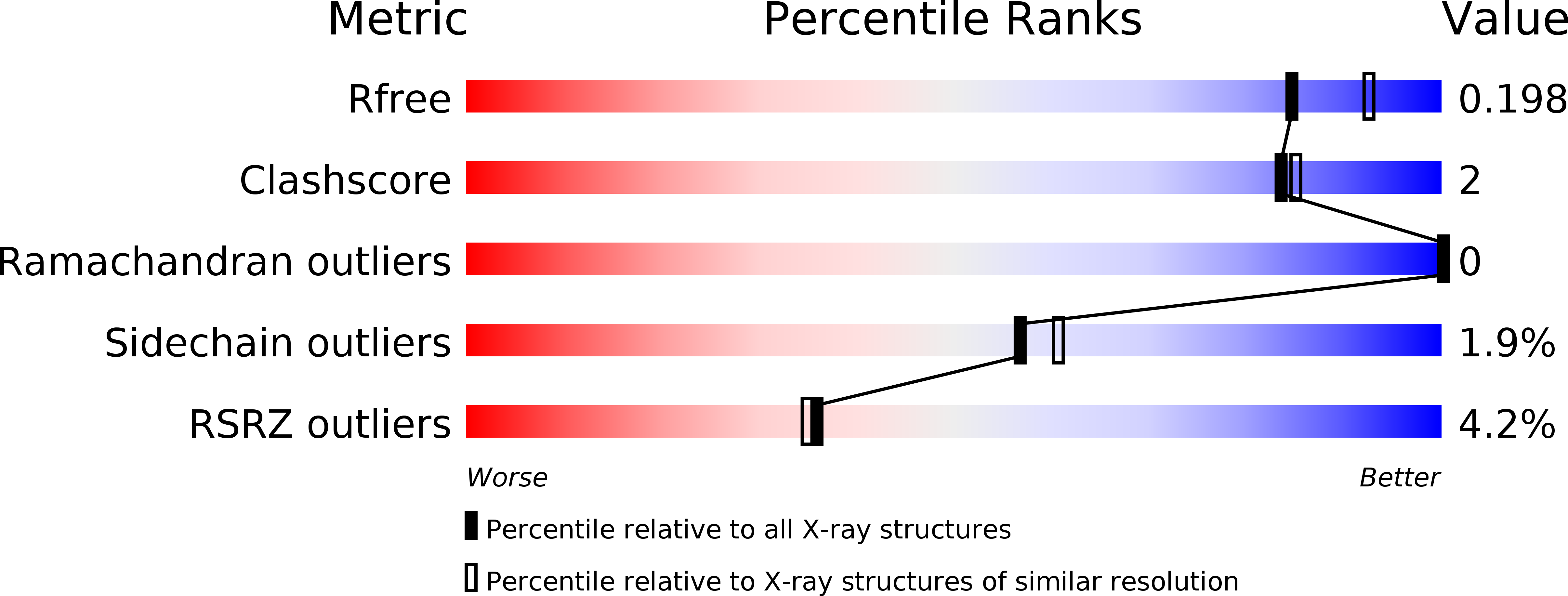
Deposition Date
2016-04-29
Release Date
2016-12-07
Last Version Date
2024-01-10
Entry Detail
PDB ID:
5JMO
Keywords:
Title:
X-ray structure of furin in complex with the inhibitory antibody Nb14
Biological Source:
Source Organism:
Homo sapiens (Taxon ID: 9606)
Camelus dromedarius (Taxon ID: 9838)
synthetic construct (Taxon ID: 32630)
Camelus dromedarius (Taxon ID: 9838)
synthetic construct (Taxon ID: 32630)
Host Organism:
Method Details:
Experimental Method:
Resolution:
2.00 Å
R-Value Free:
0.19
R-Value Work:
0.16
R-Value Observed:
0.16
Space Group:
P 21 2 21


